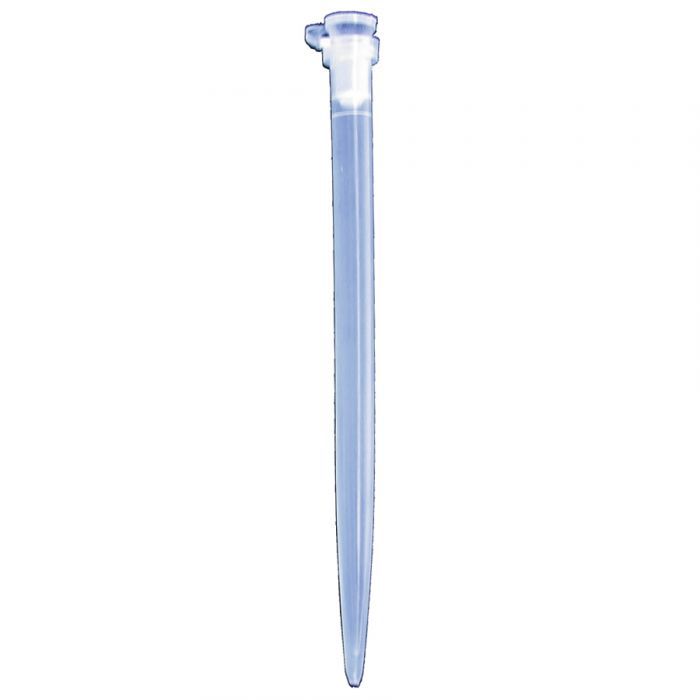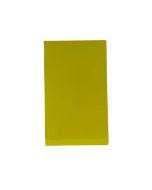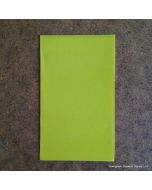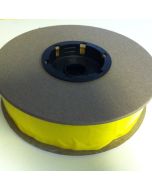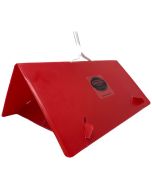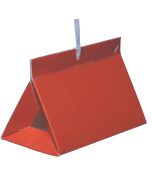False Codling Moth Lure
Latin Name: Cryptophlebia leucotreta
Lure: .25 ml vial.
Lure Active Ingredient: E7-12Ac,E8-12Ac, and Z8-12Ac
Field Life: 30 days
Trap to Use: Red Paper or Plastic Delta Trap
Monitoring Strategy: Place traps at the pink stage of bud development. Change the sticky trap liner every 4 weeks and change the lure every 5 weeks or more frequently depending on temperature and dusty conditions. Traps should be put in host trees at ca.1.5 m in height or higher, and on stakes in row crops. Check with Cooperative Extension or Master Gardener for local information and recommendations.
Cultural and Physical Control: Carry out sanitation at weekly intervals in nurseries, farms, gardens, and other establishments where hosts are present within the core and buffer areas. Depending on the circumstances and equipment available, use the following techniques before fruit are the size of marbles: 1. Remove infested fruit from cultivated and wild host trees. 2. Remove all fallen fruit (corn ears, nuts, pods, bolls, etc.) from the area, including fruit from nearby wild hosts, especially acorns. 3. Remove all out of season fruit.
Distribution: Native to sub-Saharan Africa, presents a significant risk of introduction into the United States, especially California.
Hosts: In Africa, it is a major pest of citrus and cotton. Other commonly grown agricultural hosts in California include grapes, peach, plum, cherry, beans, tomato, pepper, persimmon, apricot, olive, pomegranate, English walnut, and corn.
Description: Adults: Small brownish-gray with an average wingspan of 16 mm.
Larvae: Whitish and spotted at first, becoming pinkish with red above at maturity. Will grow to a length of 15 mm.
Eggs: Whitish, oval and flat.
Life Cycle: There are up to six generations a year in South Africa with a generation time of 45-100 days. Females lay 100-250 eggs during their lifetime. Eggs are typically laid individually on the surface of fruit. Caterpillars bore into fruit, thereby rendering it undesirable for consumption. Infested fruit generally drops before harvest; however, infestations that occur near fruit harvest may not be detected. When emerging on cotton bolls, caterpillars first mine the walls and later move into the cavity and feed on seeds.
